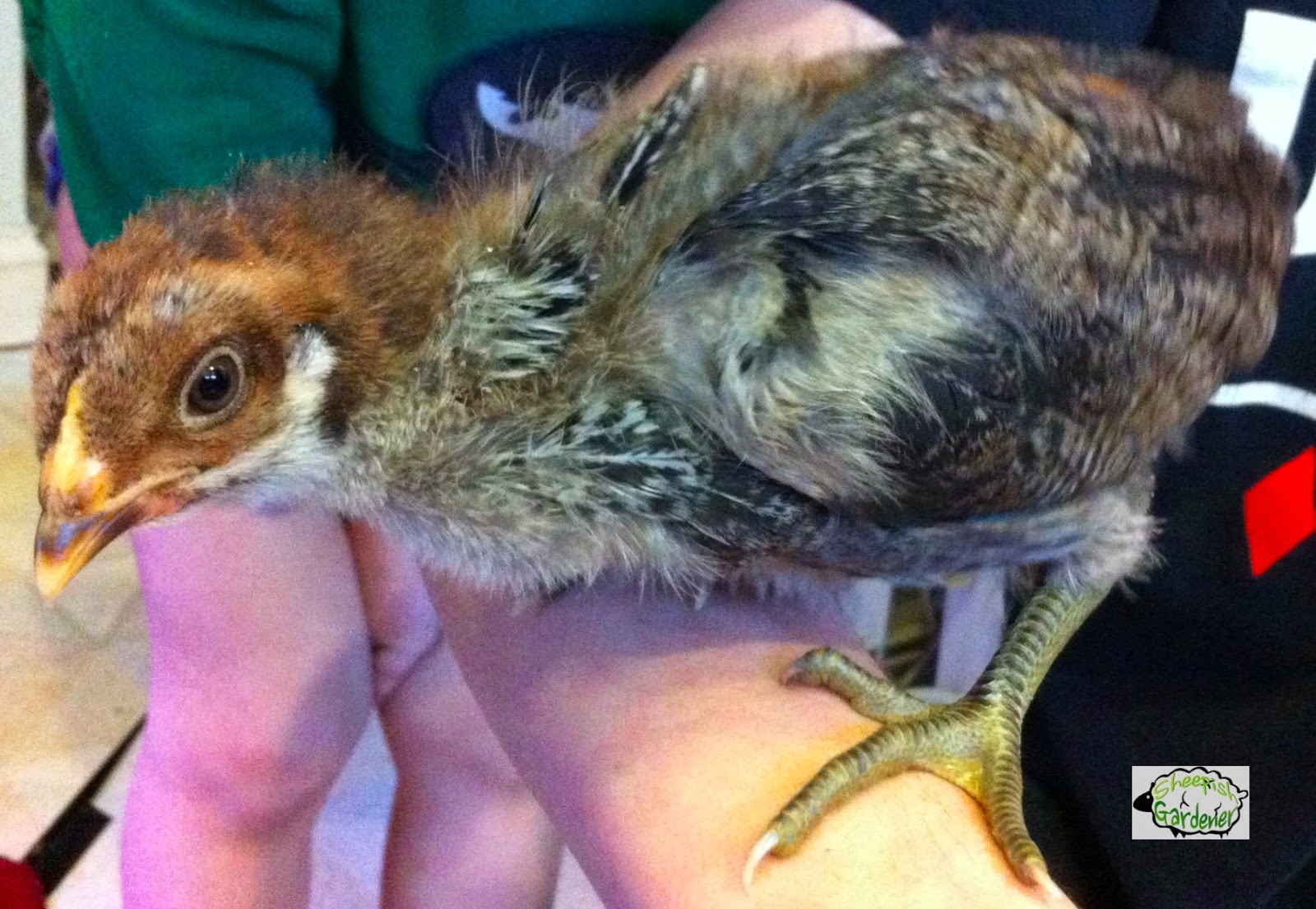I have a deep desire to learn as much as I can about Mother Nature's chemical-free cures. I want to make teas for common ailments using what grows in my garden and yard. And I want to be able to make cleaners and scents for my home that don't have the chemicals found in store-bought varieties.
This year I am expanding my herb "garden" to include a few more of these incredible plants. I am also learning which ones are annuals and which ones are perennials in my area (zone 7).
.jpg) |
| Apple Mint Peppermint Orange Mint |
I have five varieties of mint at present. They are one of my favorite herbs because they are quick to grow, they always comeback, and the scents and flavors are fantastic. Pull a few leaves from orange and chocolate mints, crush or bruise to release the oils, and infuse into a jar of sun tea as it steeps in the summer sun.
They also have rodent and insect repelling properties. I'm not sure if it matter which kind, but I bought some extra Peppermint this year so I can provide my chickens with my older plant as both a yummy treat and to help keep the mice down.
+2.jpg) |
| Rosemary |
Last year I got one plant, and it died over the harsh winter. This year I bought two.
Now, this plant is a perennial from zone 8, south. I have heard of people in my area that have large Rosemary bushes. My favorite stand has one, as well. Mine, in their smaller containers, doesn't make it. For now. I will eventually have a permanent herb garden where I can plant it in the ground and provide it with what it needs to survive our colder winters.
.jpg) |
| English Lavender |
This perennial thrives in drier climates, but does just fine in the more humid area I live in as long as it has good drainage. It is hardy from zone 5, south, but will do fine above that with winter protection. I think that's where my lavender got hurt this year. Our winter was so much colder than normal, and I think my plants suffered.
I will show you how I harvest and dry lavender flowers in another post, but you can use fresh flowers in teas and desserts. I haven't done this yet, so look it up before you try.
.jpg) |
| Last Year's Lemon Thyme |
+2.jpg) |
| New Lemon Thyme Background: old Lemon Thyme & English Thyme |
I discovered Lemon Thyme last year and fell in love. The scent is that of fresh lemons. (Dried, it's even stronger.) When last year's plant went to seed, I sought advice on how to collect them. I was told by experts and hobbyists, alike, that Lemon Thyme is a hybrid sort of plant and will not breed true. Meaning the seeds won't grow a new Lemon Thyme plant if they grow at all.
I was also told the plant is an annual, so I was disheartened to learn I couldn't grow my own for the next season. However, this year when I was checking my pots and plants to see what I had, what I needed, and what I could add I noticed that my old Lemon Thyme plant had little leaf buds. I bought a new one, anyway, but I'm hoping that all those people were wrong and my plant will come back this year as the English Thyme does. Then I'll have two!
.jpg) |
| Lemon Balm |
+3.jpg) |
| Garden Sage |
What herbs do you grow in your garden? How do you use them?



.jpg)
.jpg)
.jpg)
.jpg)
.jpg)








.jpg)
.jpg)
.jpeg)





.jpg)
.jpg)
.jpg)
.jpg)
.jpg)
.jpg)
.jpg)
.jpg)
.jpg)
.jpg)
.jpg)
.jpg)
.jpg)
.jpg)
.jpg)
.jpg)
.jpg)